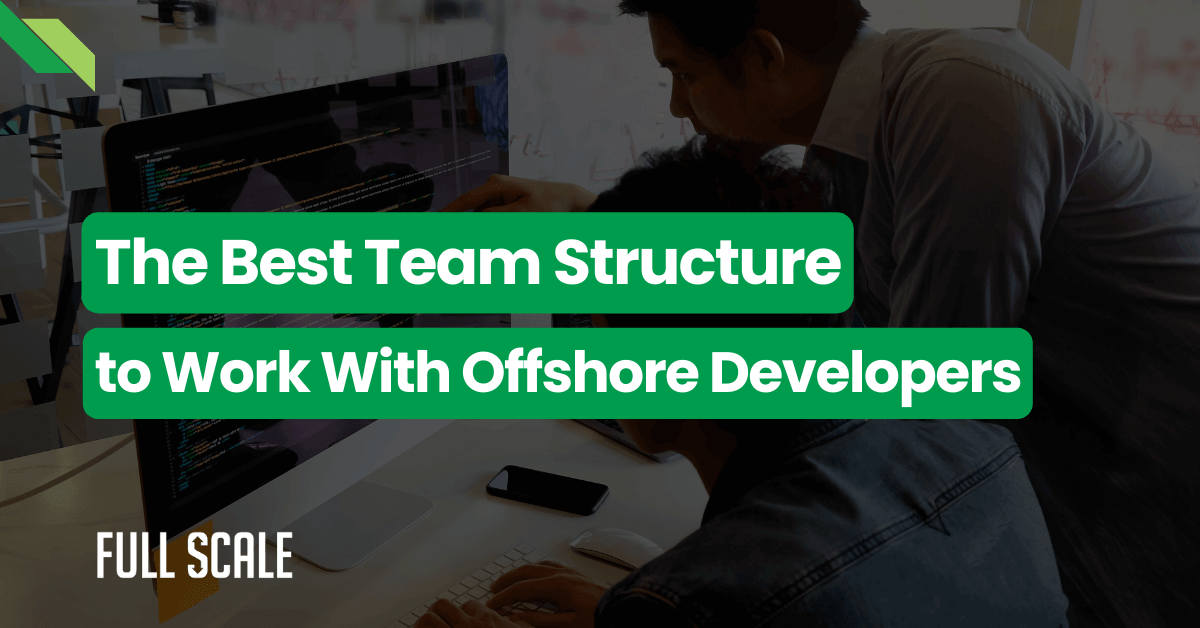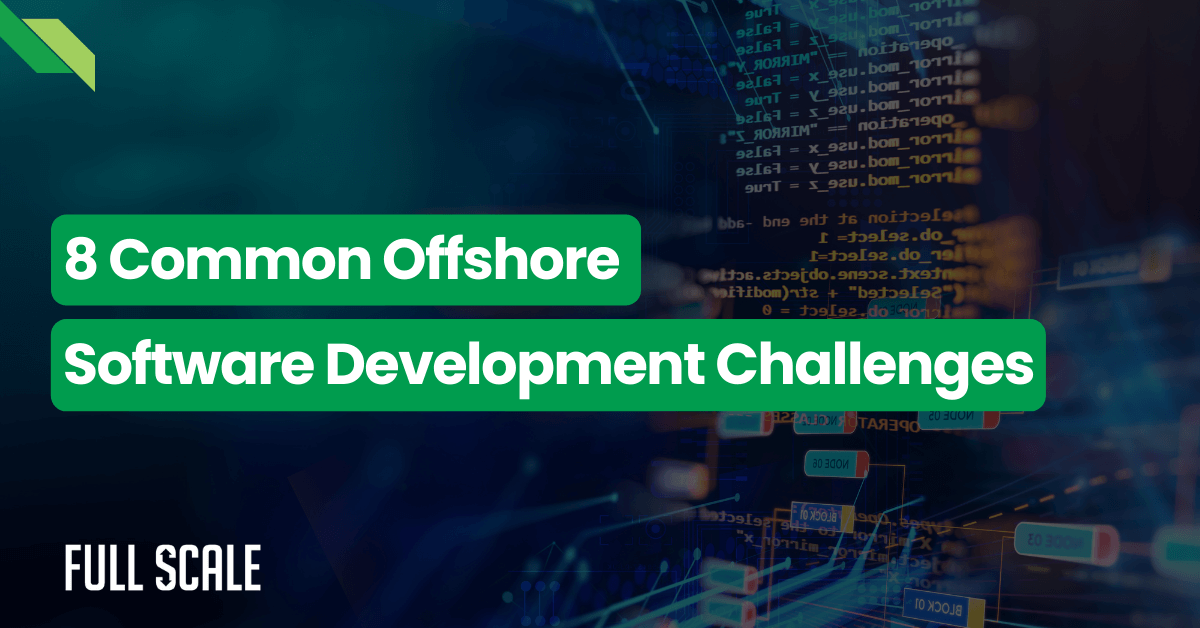Last Updated on 2024-10-11
Director of engineering vs. VP of engineering—who has the higher authority? Although these roles are similarly involved, they have a different standing in a company’s hierarchy. Let’s find out more about these titles.
Software engineering is dynamic. It involves a lot of complex systems and intricate procedures that require specific technical skills. And with such an extensive development cycle, the team will need guidance and support in every stage. Clear direction and good coordination are essential. Hence, there are often multiple leadership roles involved in development.
Engineering Leadership
In a big engineering department, the two common authorities are the director of engineering and the vice president of engineering. People sometimes mistake and interchange the type of responsibilities they have.
To clarify, the Director of Engineering vs. VP of Engineering dilemma is actually simple. These are two different roles with different levels of authority and scope of responsibility. Some may assume they’re the same because they handle the same department. However, they stand differently on the engineering ladder.
In large corporations, the hierarchical structure can get confusing, especially with technical roles. Sometimes, there are several directors and managers involved in each project. And, the duties of these executive positions are often wrongly understood. Therefore, it’s important to be familiar with the titles, at least at the managerial level.
So, let’s get to know more about the major positions in the engineering department. Let’s start off with their job description.
What is a Director of Engineering?
Directors of engineering oversee all engineering operations and projects inside a company. They ensure that all works are in line with the company’s policies and goals. They are in charge of supervising subsets of the engineering team and assisting the VPE with the company’s technical leadership.
What is a VP of Engineering?
VP is a senior-level executive position. They focus more on the strategic aspect of management. Their job is to define the objective of a project and plan out the strategies for it.
Consequently, they also communicate these plans to higher management, department heads, and subordinates. Now that we’ve got an overview of these roles, let’s further study their relationship. Let’s do a comparison between them.
Director of Engineering vs. VP of Engineering: What’s the Difference?
As mentioned, these titles do have similarities. Both roles supervise engineering teams and streamline the department activities. They guarantee that projects are finished on time and on budget. However, there are certain areas they diverge on. Here are some of the main differences between them.
1. Level of Authority
On the corporate ladder, a VPE is one level above a director of engineering. As you can imagine, their scope of responsibility is not the same. The vice president of engineering manages the entire engineering department while the director oversees the teams.
The director manages and tracks the team’s progress and reports it to the vice president. And the vice president, in turn, communicates the department’s success to upper-level management, stakeholders, and clients.
2. Core Responsibilities
Different roles mean different focuses. The director and the VPE have their specific areas of responsibility. Let’s distinguish their tasks:
Director of Engineering:
- Supervision of projects
- Team management, task delegation, and work schedule planning
- New team members training and technical assistance
- Budgeting for engineering projects and keeping track of them
- Reporting to the vice president on their team’s progress
VP of Engineering
- Management of Engineering teams
- Strategy and process development for resource optimization
- Alignment of team’s work with the company’s vision and goals
- Financial decisions
- Staff recruitment
3. Career Path
Another aspect that differs for directors and VPEs is their career roadmap. A director is the first tier of a firm’s executives, and they can progress to positions such as vice president or president. On the other hand, vice presidents are well-positioned for senior management positions such as president, COO, and CEO.
4. Work Execution
Focused on internal affairs, directors have limited communication with outside investors, consumers, or clients. They lead their engineering teams through problems and assist them with technical issues. Directors would typically work normal hours and only get busy when deadlines are approaching.
On the other hand, VPs handle communication with clients, stakeholders, and upper-level management. Working with a lot of external affairs, they have a wide network to update and report to. VPs often travel to meet with customers and attend conferences.
When to Hire Engineering Heads
When it comes to hiring management roles, you always have to consider the size and needs of your business. For example, if you’re an early-stage startup, you would typically have a smaller tech team. A CTO would be able to shoulder most of the management responsibilities. However, as the company grows and expands its operations, more supervisory roles will become necessary.
More projects mean more software engineers, hence more managers. To streamline the workflow, managers must delegate tasks and responsibilities. Of course, with any business decision, you’d have to assess whether or not it’s the right time to hire.
So, here are some key turning points to hire engineering heads:
- When the Engineering team reaches more than 10 members
- The CTO can no longer manage and keep track of employees directly
- There are multiple projects happening in one period
- The team needs further support in terms of direction, mentorship, career advancement, and so on.
Hiring management roles can be a challenge. You have to find candidates who are technically qualified with years of managerial experience. If you’re not very familiar with the technical qualifications, you may need to enlist the help of IT companies, such as Full Scale.
Here’s what you have to look for if you plan to hire a director or a VP of engineering.
How to Become a Director of Engineering
A Director of Engineering must have great leadership, communication, and project management abilities. Years of technical experience are essential, as well as people management skills. They must have a keen eye for identifying the skills and talent of people.
Additionally, a director must also be experienced in spotting and negotiating organizational changes. This will come in handy in planning out strategies and operational procedures. Lastly, a deep passion for engineering. Passion drives growth and it’s imperative in a highly competitive field like tech.
Responsibilities of the Director of Engineering:
- Submitting reports to upper management.
- Having positive interactions with internal and external stakeholders.
- Using engineering methodologies that are best in class.
- Advising engineering teams and upper management on technical matters.
- Developing goals and strategies to support established organizational objectives.
- Creating and presenting budgets and plans.
- Identifying and executing cost-cutting measures.
- Managing employee onboarding and turnover.
Technical Requirements for the Director of Engineering:
- 8+ years of managerial experience
- Business administration master’s degree
- A bachelor’s degree in engineering is required.
- Action-mindset.
- Knowledge of the industry that is up to date.
How to Become a VP of Engineering
A VP of engineering’s responsibilities include people management and implementation of corporate rules and standards.
VPs must have past organizational leadership experience, able to interact with team members, and be strategic problem-solvers. Also, a top-tier vice president of engineering should have strong communication skills. The ability to collaborate with other engineers and developers is important. Lastly, a thorough understanding of software architecture.
Responsibilities of the Vice President of Engineering:
- Management and mentorship are used to lead the team.
- Participating in recruitment efforts.
- Developing quality standards and processes to guarantee that they are met and are consistent.
- Budget planning and optimization.
- Recommend technical advancements and efficiency gains.
- Help the team create high-quality final goods
Technical Requirements VP of Engineering:
- Engineering or a related degree is required.
- Strong organizational management abilities.
- Extensive experience collaborating with stakeholders to design hiring strategies that result in high-performing teams.
- Engineers and collaborators have been recruited before.
- Previous professional expertise in software design and the development of customer-focused systems is required.
- Data structures and algorithms are well-understood.
- Knowledge of industry trends, best practices, and change management is required.
Find Excellent Talent!
Planning to grow your business? Build the best team!
As previously mentioned, it can be challenging to hire managerial positions. You must be mindful of both their technical and leadership skills. On top of that, the perfect candidate must have the right experience in the field. There’s a long list of qualifications you’ll have to consider. And vetting the potential candidates would be time-consuming and tedious.
Recruiting engineer heads is not only difficult, but it also takes time. For startups and small- to mid-sized businesses, such recruitment endeavors might deplete resources needlessly. That’s why it’s better to leave it to the experts.
At Full Scale, we assist businesses in obtaining access to an international talent pool. Our objective is to find a candidate who meets the specifications of your project. We’ll handle all the time-consuming recruitment procedures.
Also, we provide training and management services. We’re passionate about helping businesses reach success. Let’s get started and talk business!

Matt Watson is a serial tech entrepreneur who has started four companies and had a nine-figure exit. He was the founder and CTO of VinSolutions, the #1 CRM software used in today’s automotive industry. He has over twenty years of experience working as a tech CTO and building cutting-edge SaaS solutions.
As the CEO of Full Scale, he has helped over 100 tech companies build their software services and development teams. Full Scale specializes in helping tech companies grow by augmenting their in-house teams with software development talent from the Philippines.
Matt hosts Startup Hustle, a top podcast about entrepreneurship with over 6 million downloads. He has a wealth of knowledge about startups and business from his personal experience and from interviewing hundreds of other entrepreneurs.




